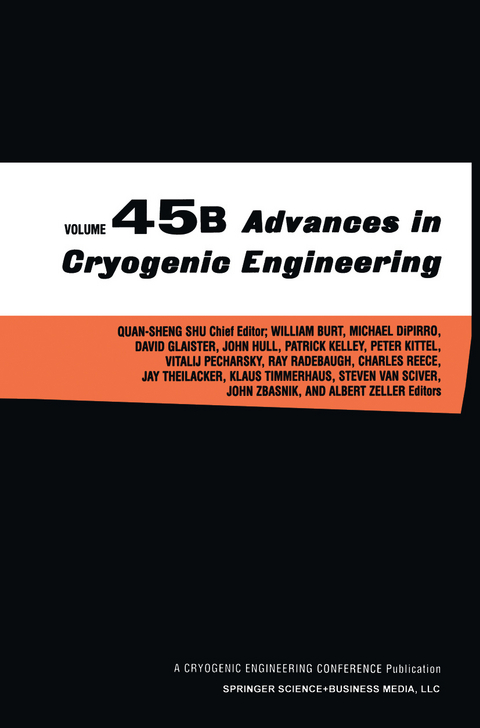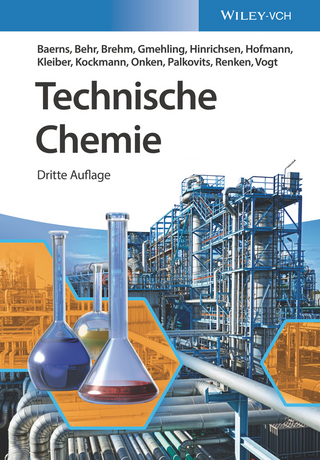
Advances in Cryogenic Engineering
Kluwer Academic/Plenum Publishers (Verlag)
978-0-306-46443-0 (ISBN)
- Titel z.Zt. nicht lieferbar
- Versandkostenfrei innerhalb Deutschlands
- Auch auf Rechnung
- Verfügbarkeit in der Filiale vor Ort prüfen
- Artikel merken
Foreword. Samuel C. Collins Award. Russell B. Scott, Memorial Awards. Student Awards. 1999 Cryogenic Engineering Conference Board. Acknowledgments. Part A: Pulse Tube Cryocoolers: (I). Pulse Tube Cryocoolers: (II). G-M and Stirling Cryocoolers. Regenerators: Materials and Analyses. Cryogenic Space Applications. Other Cryocooler Applications. Superconducting Magnets. Superconducting Magnets: Materials. Superconducting Cavities: (I). Superconducting RF Cavities: (II). Part B: He II Systems. He II Phenomena. Fluid Mechanism and Heat Transfer: (I). Fluid Mechanism and Heat Transfer: (II). Large Scale Refrigerators and Liquefiers: (I). Large Scale Refrigerators and Liquefiers: (II). SC Power Leads and Cable. Cryogenic Electronics. Other Superconducting Devices. Cryostat and Thermal Insulation. Other Novel Devices. Cryogenic Instruments and Controls.
| Zusatzinfo | IV, 975 p. |
|---|---|
| Sprache | englisch |
| Maße | 155 x 241 mm |
| Themenwelt | Naturwissenschaften ► Chemie ► Technische Chemie |
| Naturwissenschaften ► Physik / Astronomie ► Angewandte Physik | |
| Naturwissenschaften ► Physik / Astronomie ► Atom- / Kern- / Molekularphysik | |
| Naturwissenschaften ► Physik / Astronomie ► Festkörperphysik | |
| Naturwissenschaften ► Physik / Astronomie ► Thermodynamik | |
| Technik ► Maschinenbau | |
| ISBN-10 | 0-306-46443-8 / 0306464438 |
| ISBN-13 | 978-0-306-46443-0 / 9780306464430 |
| Zustand | Neuware |
| Informationen gemäß Produktsicherheitsverordnung (GPSR) | |
| Haben Sie eine Frage zum Produkt? |
aus dem Bereich


